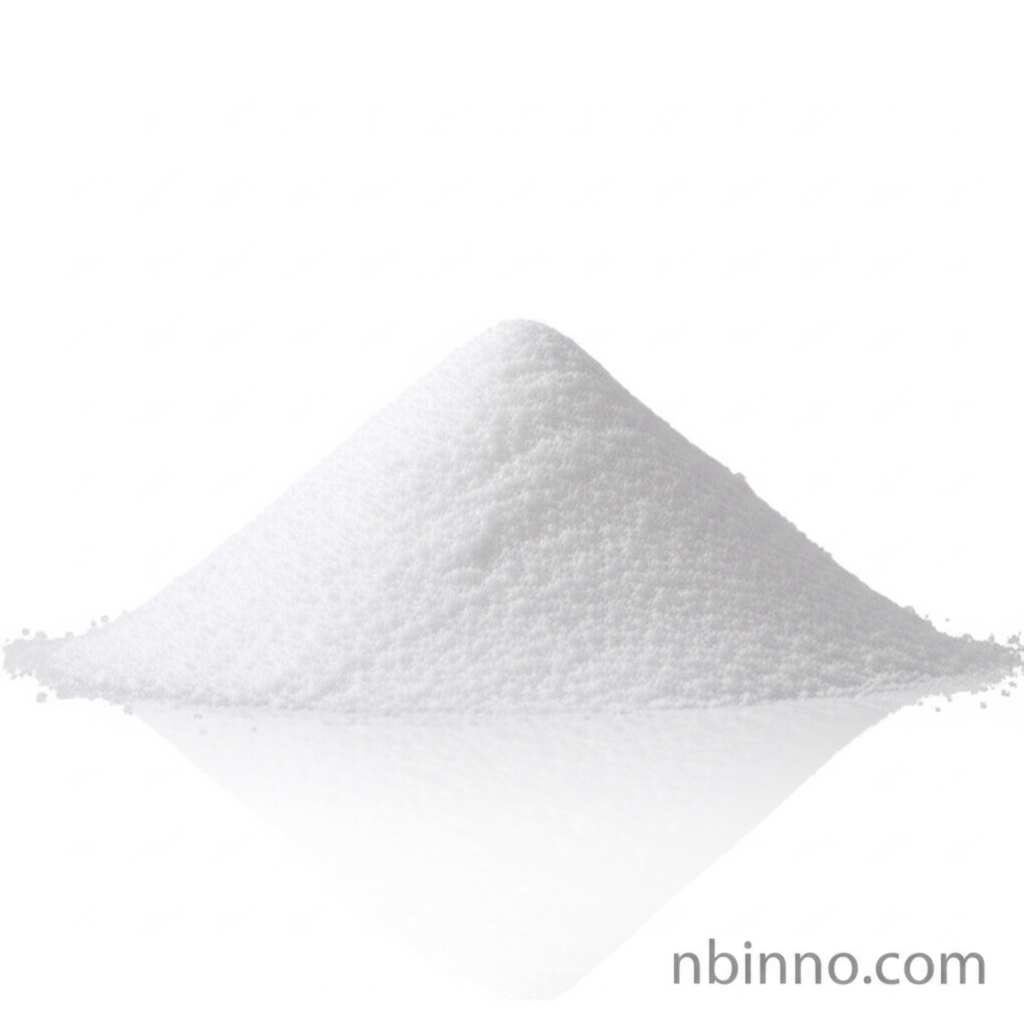1,3-Bis(trimethylsilyl)urea: A Key Reagent in Modern Synthesis
Discover the power of advanced silylation with this essential organosilicon compound.
Get a Quote & SampleProduct Core Value

Bis(trimethylsilyl)urea
Bis(trimethylsilyl)urea, identified by CAS number 18297-63-7, is a high-purity organosilicon compound widely utilized for its exceptional silylating capabilities. As a key intermediate in organic synthesis, it effectively introduces trimethylsilyl groups, crucial for protecting sensitive functional groups in alcohols and carboxylic acids during complex multi-step reactions. Its role extends to the development of specialty materials, offering unique properties derived from its silicon-based structure.
- A vital organosilicon compound for advanced organic synthesis, commonly referred to as a silylating agent for alcohols.
- Key intermediate for pharmaceutical APIs, contributing to the development of advanced drug molecules.
- Leverage the power of silylating agent for carboxylic acids to protect sensitive functional groups efficiently.
- Explore its utility in specialty chemical manufacturing and various industrial applications requiring organosilicon compounds.
Advantages Offered
Enhanced Synthesis Efficiency
Utilize this potent silylating agent for organic synthesis to improve reaction yields and streamline complex chemical processes.
Versatile Functional Group Protection
Effectively protect hydroxyl and carboxyl groups, enabling precise control in multi-step synthetic pathways and contributing to high purity organosilicon compounds.
Broad Industrial Applicability
From pharmaceutical intermediates to specialty materials, its role as a specialty chemical intermediate supplier makes it indispensable across industries.
Key Applications
Organic Synthesis
Serves as a primary reagent for the silylation of alcohols and carboxylic acids, a critical step in many organic synthesis routes.
Pharmaceutical Intermediates
An essential building block for producing Active Pharmaceutical Ingredients (APIs) that benefit from silicon-based modifications.
Material Science
Used for surface modification and in the development of novel silicon-based materials with enhanced properties.
Laboratory Research
A staple reagent in research laboratories for exploring new chemical reactions and developing advanced synthetic methodologies.
